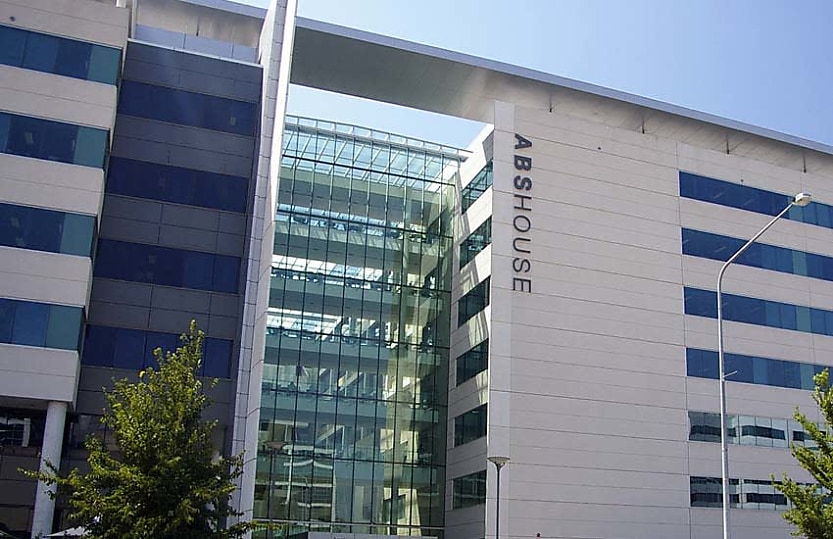Annual wages growth climbs to highest level since 2009

The latest Wage Price Index rose 4.2 per cent over the year, with the public sector contributing a more significant amount of growth this quarter.
The Wage Price Index rose 0.9 per cent in the December quarter 2023, and 4.2 per cent for the year, according to seasonally adjusted data released today by the Australian Bureau of Statistics (ABS).
Private sector wage growth in December quarter 2023 was comparable to December 2022 (also 0.9 per cent), while the public sector had the highest quarterly rise in 15 years at 1.3 per cent.
ABS head of prices statistics, Michelle Marquardt said for both the public and private sector, wages growth was driven by organisation-wide annual wage and salary reviews.
“Wage growth for December quarter 2023 saw a higher contribution from jobs covered by enterprise agreements than is typically recorded for a December quarter,” she said.
“Higher growth in the public sector was primarily due to newly implemented enterprise agreements for essential workers in the Health care and social assistance and Education and training industries following changes to state-based wages policies.”
Commenting on the latest data, AMP deputy chief economist Diana Mousina noted that the private sector usually contributes more to wages growth because the sector is bigger in terms of employees and total wage expenditure compared to the public sector.
“In the December quarter, the private sector contributed 66 per cent to overall wages growth and the public sector contributed 34 per cent - which is noticeability higher than usual, as the public sector usually contributes around 10-25 per cent to total wages growth,” said Ms Mousina.
Ms Mousina said the data indicates that public sector wage rises were a major reason behind the increase in wages growth into late 2023, which was expected given the sizeable increases to wages in sectors like health, education and aged care and outcomes from the Fair Work Commission in June last year which also had a “signalling effect” on wages to other sectors.
The annual wages growth for the December quarter at 4.2 per cent was a slightly increase from the annual figure for the September quarter which was 4.1 per cent.
The ABS said this was the highest recorded annual growth since the March quarter 2009, which was also 4.2 per cent.
While wages growth in the private sector eased slightly to 4.2 per cent for the year to December quarter 2023 (from 4.3 per cent in September quarter 2023), the public sector had the highest wage growth since March quarter 2010 at 4.3 per cent.
Ms Mousina said while there was an overall increase in wages, the breadth of wage increases appears to have “peaked in the private sector”.
Sixteen per cent of private sector jobs had a wage change in the December quarter, and the average hourly wage change was 4.4 per cent year on year, compared to 21 per cent in December 2022 with an average wage change of 4 per cent, she said..
“This indicates that there is a smaller share of jobs recording wage rises, but the level of those wage rises is higher. The breadth of wage increases in the public sector is still rising,” she explained.
“In the public sector 38 per cent of jobs had a wage change in the December quarter compared to 29 per cent in December 2022 and the average wage increase was 4.3 per cent in December 2023 compared to 2.8 per cent in December 2022.”






